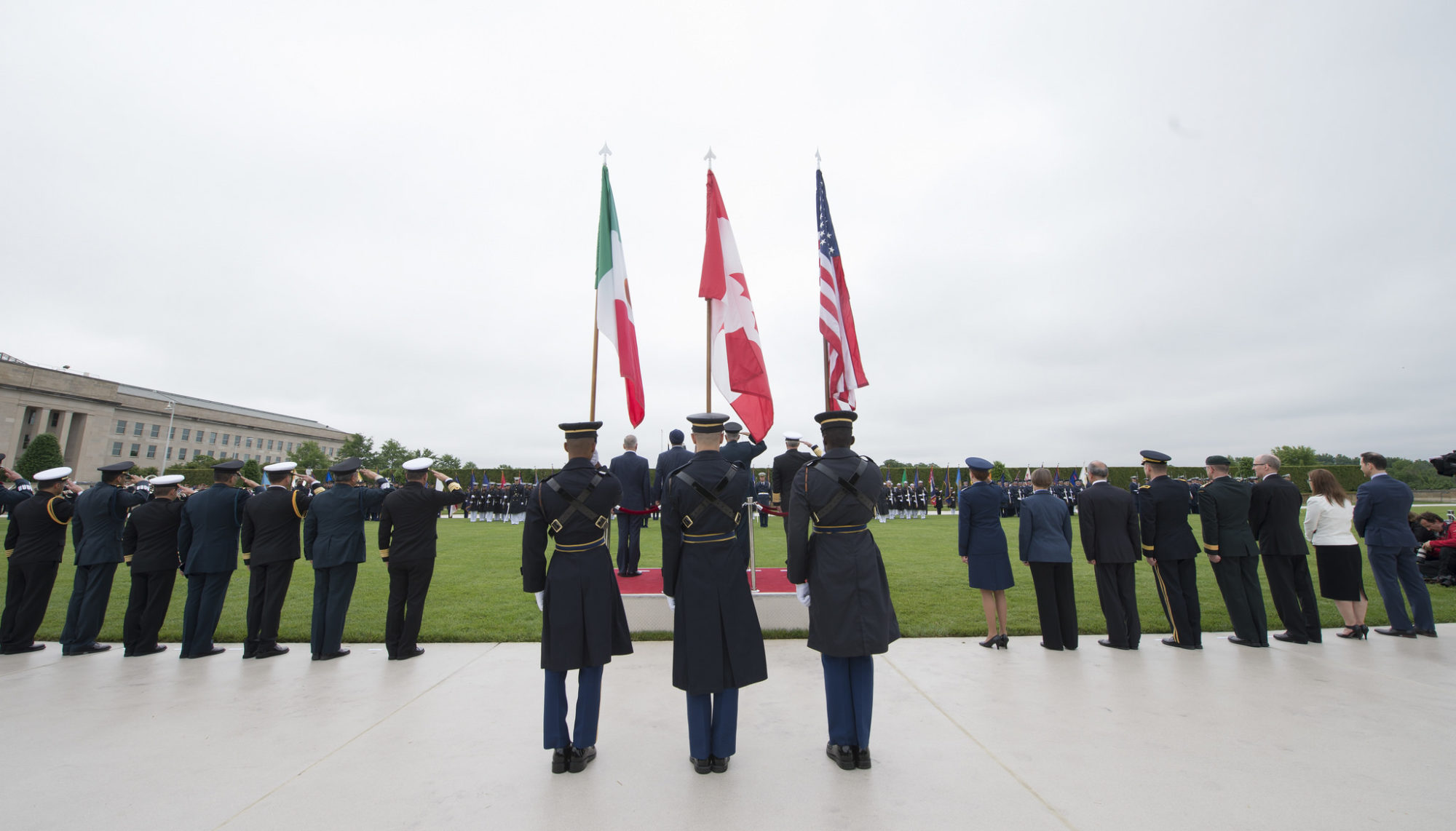On the list of how to weaken the US armed forces, having a parade of military hardware down Pennsylvania Avenue has to be among the easiest.
People are the source of our military strength. Soldiers, sailors, airmen, and Marines give our equipment its lethality, from the artillery that they target to the autonomous vehicles that they code. And civilians too: the most basic source of America’s power is the resolve of our citizens to commit their money, assist their friends and family who volunteer, and vote for public officials so that we can see our conflicts through to the ends we choose.
Brandishing military hardware on the most symbolic public avenue in America undermines these people. It diminishes the importance of our servicemembers by turning them into props for their own equipment, and it dramatically compromises the resolve of our citizens by politicizing military service.
The bottom line is that parading tanks and missiles down Pennsylvania Avenue is a show of weakness, not a show of strength. President Trump doesn’t get this, or doesn’t care, but it looks like the military does. A memo leaked over the weekend from the Office of the Secretary of Defense to the Chairman of the Joint Chiefs redirects attention toward a more educational event with historical aircraft, reenactments, and period uniforms.
For elected leaders looking for an even better way to honor Veterans’ Day, here’s a quick list of tangible ways to support our service-members right now: have a combat strategy equal to their sacrifice in its seriousness, train and equip them for top-priority national security risks, and organize veterans’ health care for the lifetime support that many of them will require.
We can do better on all fronts.
Seventeen years into our war in Afghanistan, we have totally lost sight of a practical reason for being there. The threat that we went to address – Al-Qaeda – ceased to exist years ago in any meaningful sense, and local threats plague our forces now only because we refuse to accept victory and leave. Our rose-tinted anticipation of democracy and order in Afghanistan is incomparable to the grit-covered and dangerous life that our military personnel face there.
Back at home, Congress and the White House recently agreed to fund an $80 billion dollar increase for the Pentagon to spend on bureaucratic interests. Conflict in cyberspace seems very evidently to be our most likely and most consequential threat, but the military departments still train and equip most of our servicemembers for their respective glory days: tanks rolling through the countryside for the Army, aerial dogfights for the Air Force, storming beaches for the Marines, and showing the flag en masse for the Navy.
All of this symbolism comes partly at the expense of a very pressing need that our service-members have: the best possible health care for very complex wartime wounds. Take just one example. Our National Guards and Reservists have contributed mightily to our post-9/11 wars but, when they come home, it often is to communities that are far from military health facilities. Congress tried several years ago to help them access health care options nearer to their homes, but bureaucratic infighting and a host of other implementation shortfalls hamstrung the effort. An entire cohort of veterans continues to endure lesser care as a result.
Tackling any of these issues would support our servicemembers far more than a parade.
Yet they’re far less sensational. Perhaps being sensational is part of the point of a parade. For instance, it could illustrate to our rivals all of the force that we would bring to bear in a conflict with them. Any significant rival will already have that information from their intelligence collection, though, and they also will know that the most important factor for a conflict is something that can’t be displayed: the American people’s willingness to support it.
The truth, as we all understand, is that this parade would be sensational for its own sake. Conjured by a reality-TV president to satisfy his own narcissism.
This isn’t about the money that would be wasted by throwing a parade. Whatever the cost, it’s a rounding error in the military budget. This is about the demoralization of servicemembers who would be commanded to parade in front of Donald Trump and the divisiveness of such an ostentatious display of our politics.
Right now the Pentagon is doing damage control, perhaps the best option it has within the chain of command, but it shouldn’t be in that position. Elected leaders in Congress have better ways to support our servicemembers, and it’s up to them to force them up the priority list, above a parade.
You can follow Matthew Leatherman @MattLeatherman on Twitter.





















